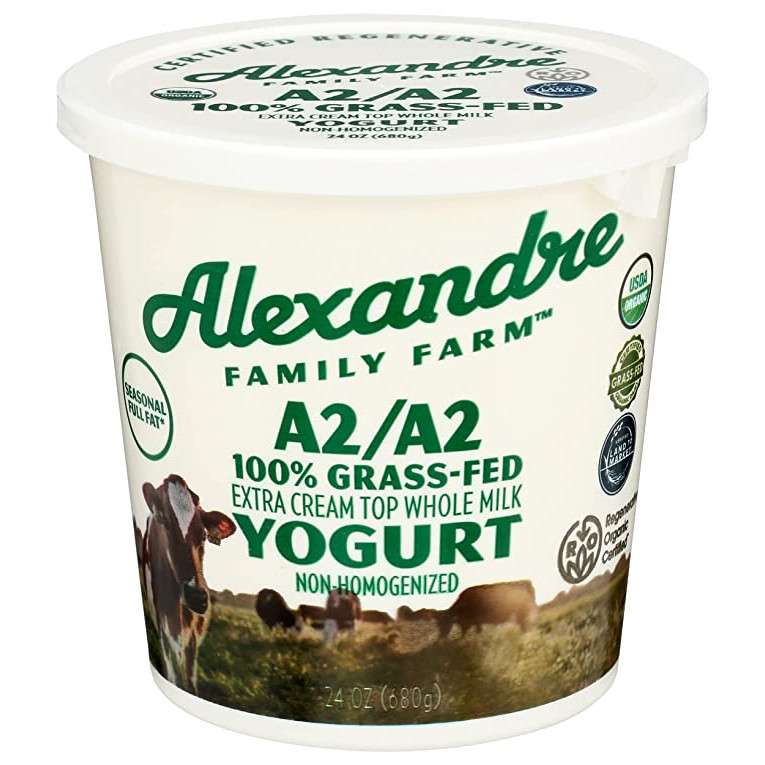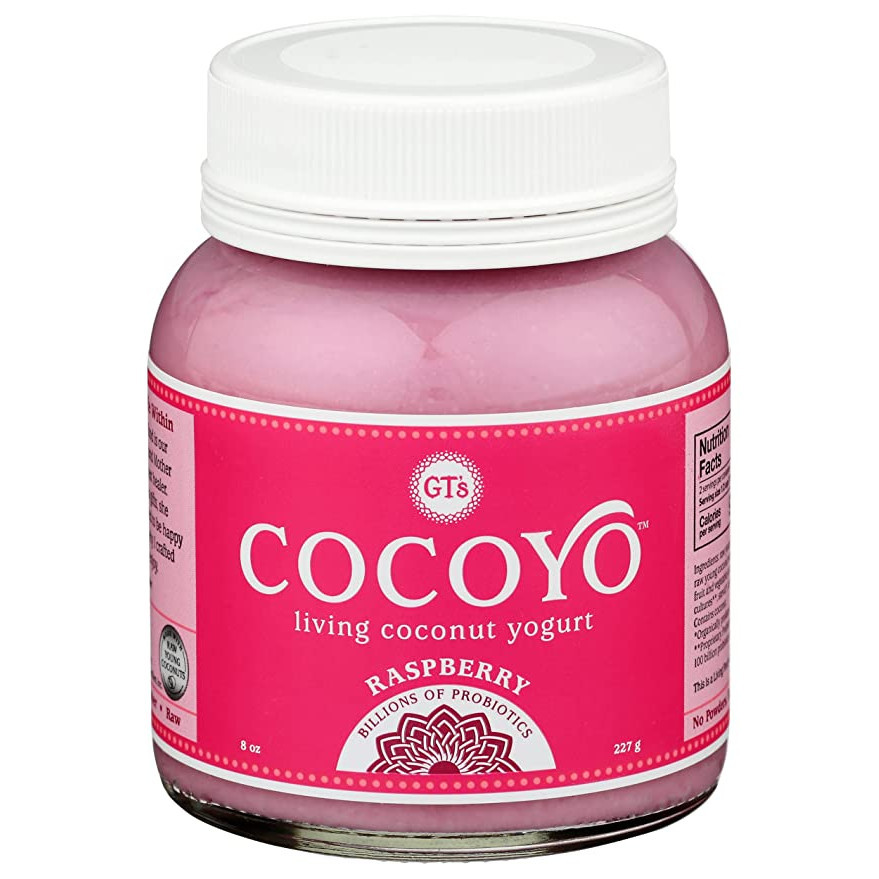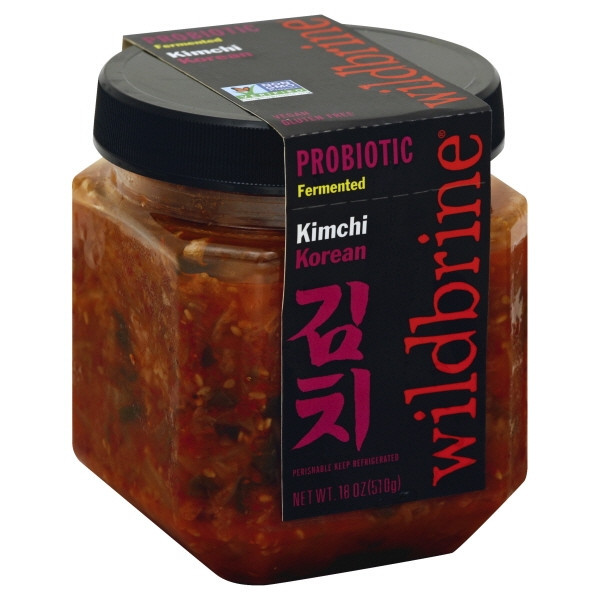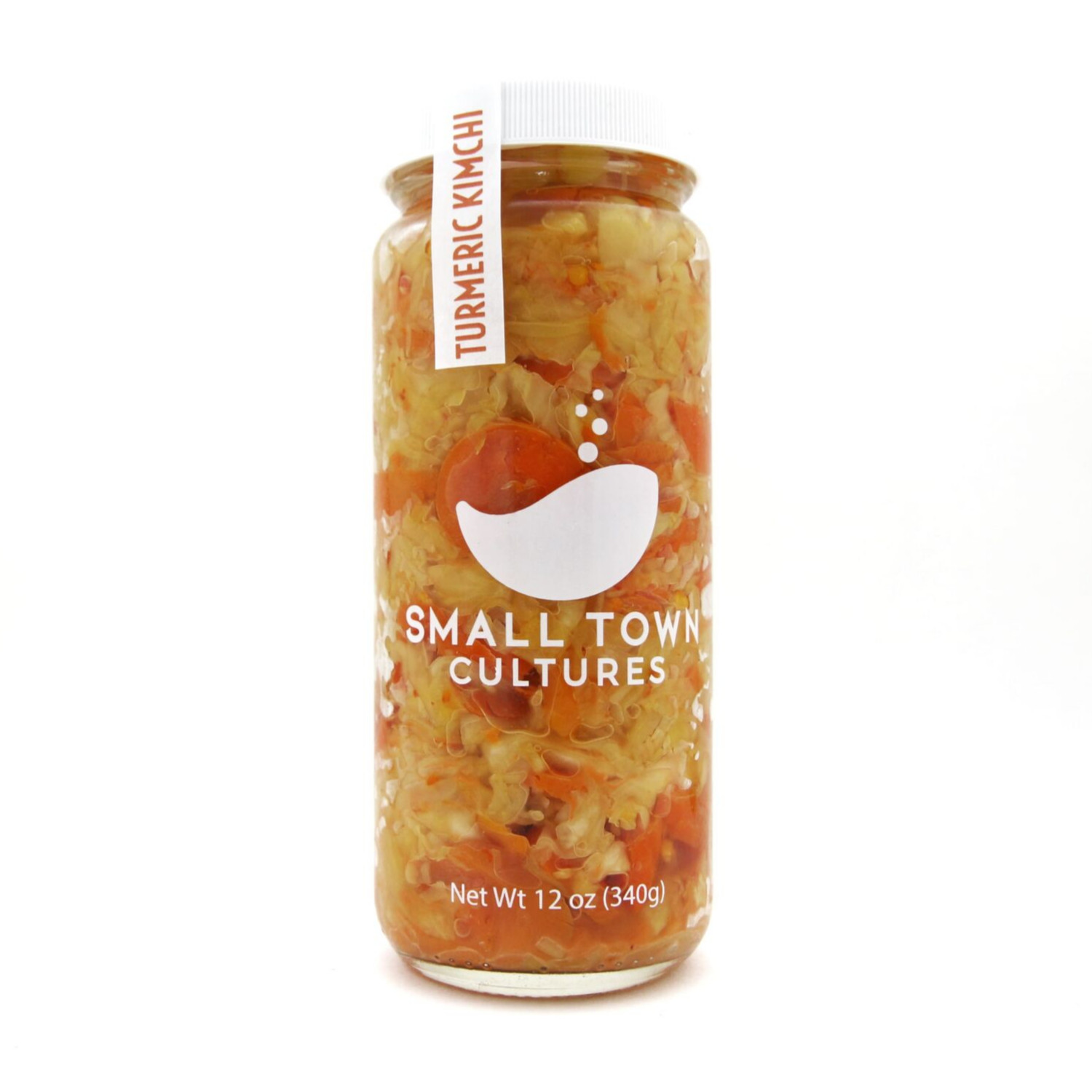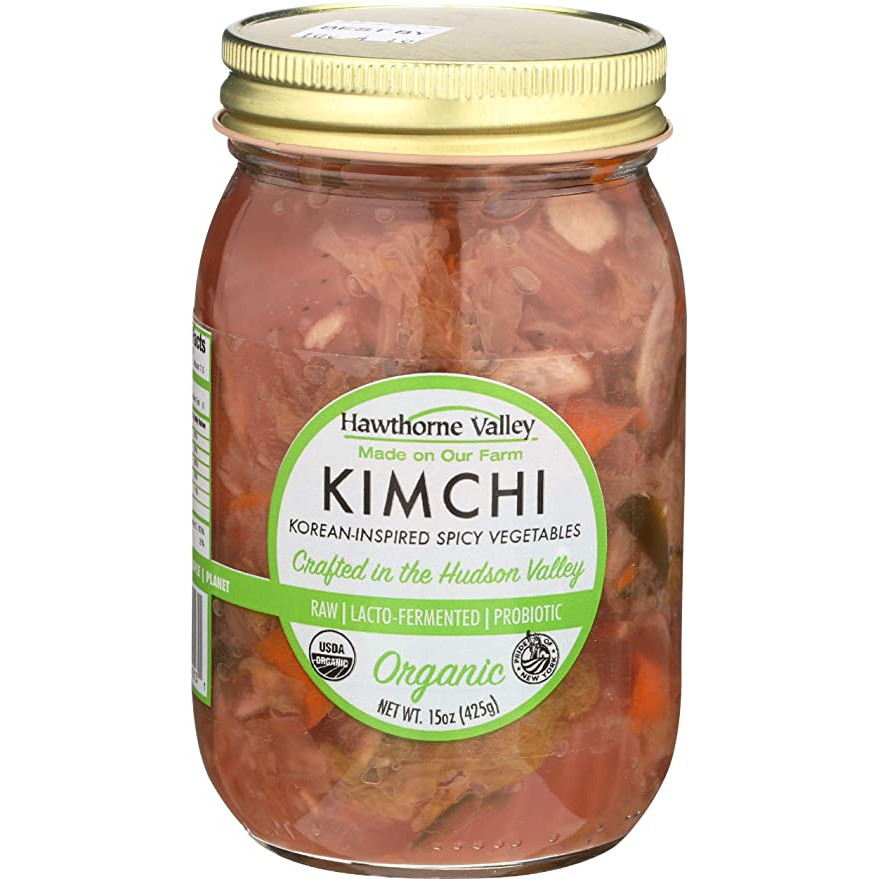Kimchi is a fermented food that originates from Korea. It is typically made from cabbage, radish, or other vegetables that have been seasoned with a mixture of spices, salt, and other ingredients. The mixture is then allowed to ferment, which produces a tangy and slightly spicy flavor.
Kimchi can be incorporated into your diet in a number of ways. Here are a few ideas:
1. As a side dish: Kimchi can be served as a side dish to accompany your main meal. Simply add a spoonful of kimchi to your plate and enjoy it with your other foods.
2. In a stir-fry: Kimchi can be added to stir-fry dishes to add flavor and a bit of heat. Simply chop up the kimchi and add it to the stir-fry during the cooking process.
3. In a sandwich or wrap: Kimchi can be used as a filling for sandwiches or wraps. Simply add a few spoonfuls of kimchi to your bread or wrap and enjoy.
4. In a salad: Kimchi can be added to salads to add flavor and texture. Simply chop up the kimchi and add it to your favorite salad greens.
5. As a condiment: Kimchi can be used as a condiment to add flavor to a variety of dishes. Simply add a spoonful of kimchi to your food before eating.
Remember to start with small amounts of kimchi if you are not used to it, as it can be quite spicy and may take some time to get used to.
SAUERKRAUT:
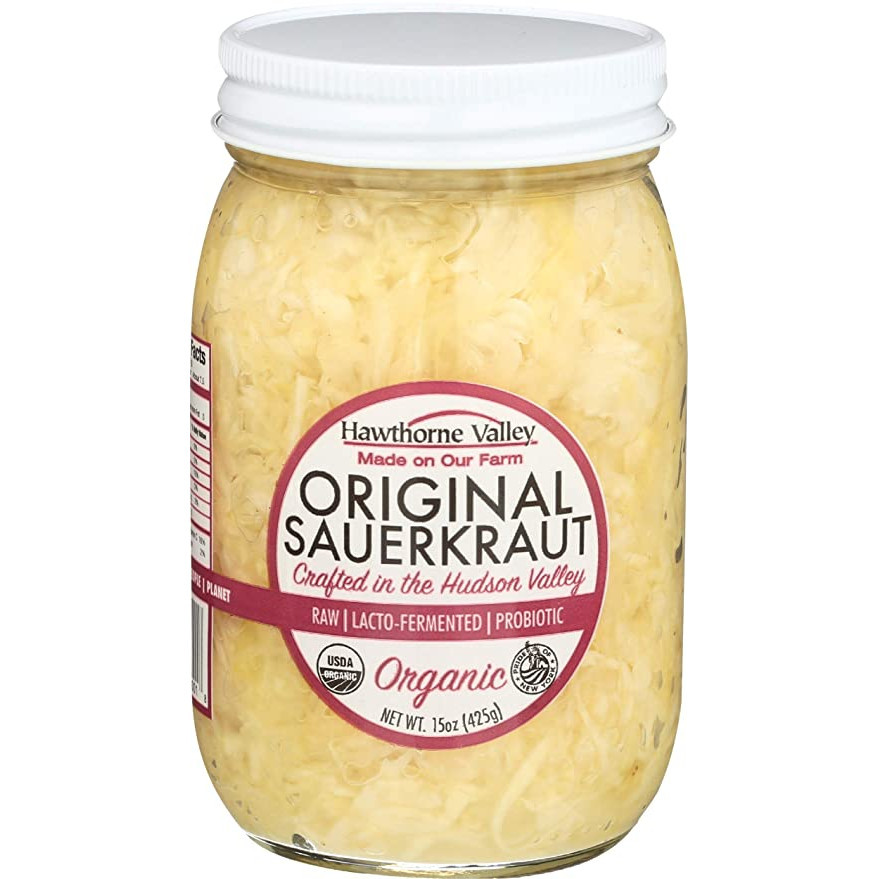
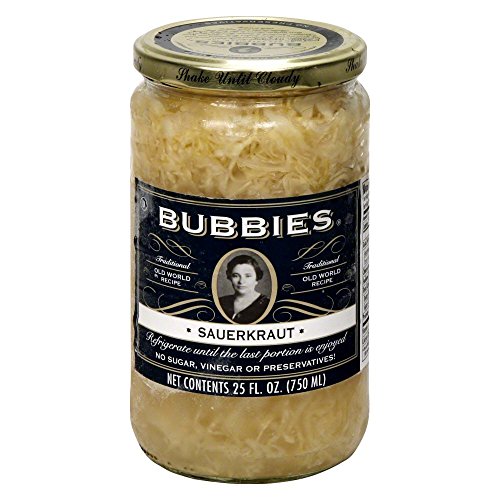
Sauerkraut works well with a variety of foods, and its tangy and sour flavor can complement many dishes. Here are some examples of foods that work well with sauerkraut:
1. Sausage or hot dogs: Sauerkraut is a classic topping for sausage or hot dogs, and the sour flavor of the sauerkraut can balance out the richness of the meat.
2. Pork dishes: Sauerkraut is often served alongside pork dishes, such as roasted pork loin or pork chops. The tangy flavor of the sauerkraut can cut through the richness of the pork.
3. Reuben sandwiches: A Reuben sandwich typically consists of corned beef, Swiss cheese, Russian dressing, and sauerkraut on rye bread. The tangy flavor of the sauerkraut complements the salty corned beef and rich Swiss cheese.
4. Grilled cheese sandwiches: Adding sauerkraut to a grilled cheese sandwich can add a tangy, crunchy element to the sandwich.
5. Salads: Sauerkraut can be added to salads for a tangy, crunchy element. It pairs well with other vegetables, such as cucumbers and carrots.
6. Roasted vegetables: Roasted vegetables, such as sweet potatoes or winter squash, can be topped with sauerkraut for a tangy and flavorful twist.
KEFIR:


Kefir is a fermented dairy drink that has been consumed for centuries in Eastern Europe and Asia. It is made by combining milk with kefir grains, which are a combination of bacteria and yeast that ferment the milk over a period of 24-48 hours. This fermentation process gives kefir its distinctive tangy flavor and thick, creamy texture.
Kefir is considered a healthy food for several reasons. Firstly, it is rich in probiotics, which are live bacteria and yeasts that can promote gut health by restoring the balance of good bacteria in the digestive system. Probiotics have been linked to a range of health benefits, such as improved digestion, enhanced immune function, and reduced inflammation.
Secondly, kefir is a good source of protein, calcium, and other important nutrients, such as vitamins B12 and K2. The protein in kefir can help to promote muscle growth and repair, while calcium is important for building and maintaining strong bones.
Finally, kefir is also low in lactose, which makes it a good option for people who are lactose intolerant and cannot digest lactose properly. The fermentation process in kefir breaks down lactose into simpler sugars, which are easier to digest.
KOMBUCHA:

Kombucha is a fermented tea beverage that is made by combining sweetened tea with a symbiotic culture of bacteria and yeast (SCOBY). This fermentation process produces a tart, slightly effervescent drink that has become increasingly popular in recent years.
Kombucha is considered a healthy beverage for several reasons. Firstly, it is a good source of probiotics, which are live bacteria and yeasts that can promote gut health and improve digestion by restoring the balance of good bacteria in the digestive system. Probiotics have also been linked to a range of other health benefits, such as improved immune function, reduced inflammation, and better mental health.
Secondly, kombucha is a rich source of antioxidants, which are compounds that can help to protect the body against damage from free radicals. Free radicals are unstable molecules that can damage cells and contribute to aging and the development of diseases such as cancer, heart disease, and Alzheimer's disease.
Thirdly, kombucha is a low-sugar alternative to other soft drinks and sugary beverages. The fermentation process in kombucha breaks down much of the sugar used to make the tea, resulting in a drink that is lower in sugar and calories than many other popular beverages.
Finally, kombucha is a good source of B vitamins, which are important for energy metabolism and other essential bodily functions.
SOURDOUGH BREAD:
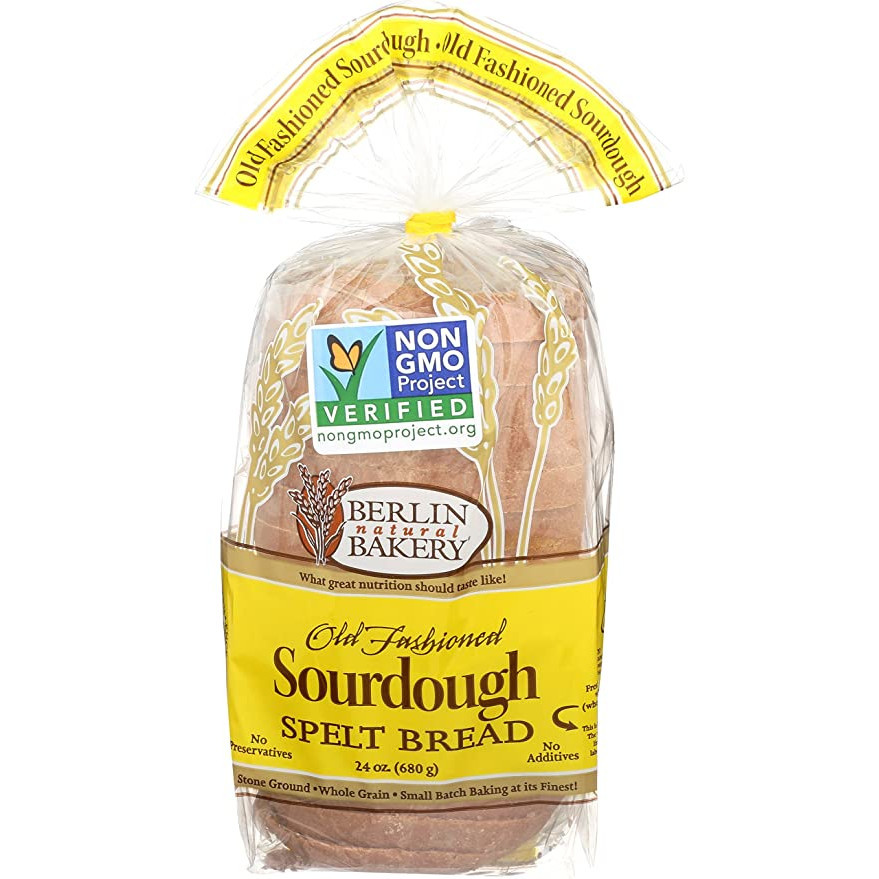
When choosing a healthy sourdough bread, it's important to look for those that are made with whole wheat flour, do not contain added sugars or oils, and are naturally leavened with a sourdough starter. It's also a good idea to look for breads that are made with organic ingredients, as these are less likely to contain harmful pesticides and other chemicals.
CHEESE:
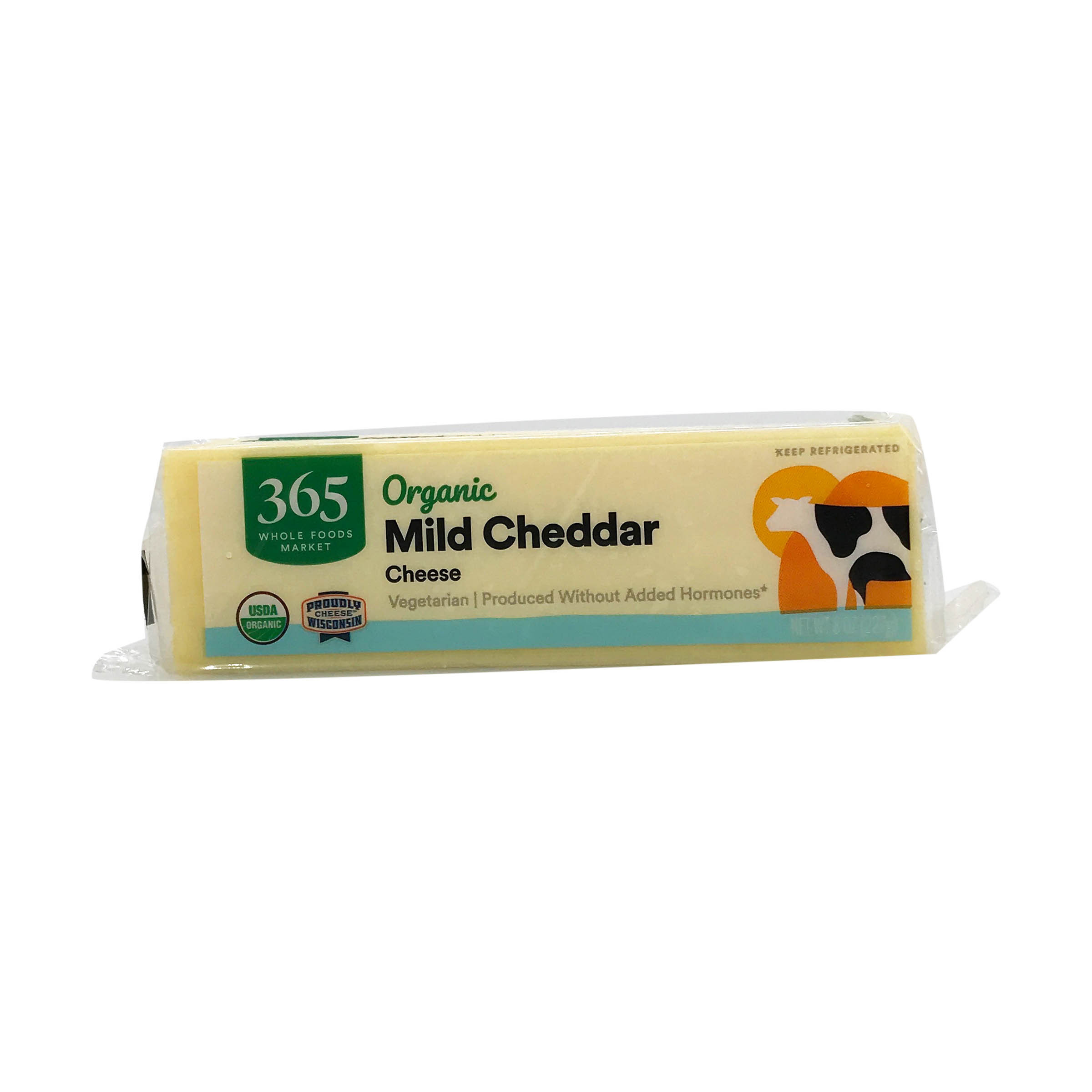

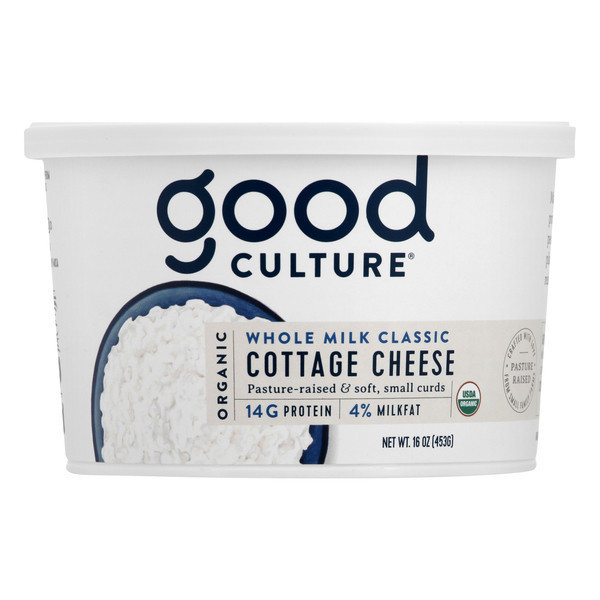
Many types of cheese are fermented, as the process of making cheese involves the fermentation of milk by bacteria or fungi. Here are some examples of fermented cheeses:
1. Cheddar: This popular cheese is made by fermenting milk with lactic acid bacteria.
2. Gouda: This cheese is made by fermenting milk with a combination of lactic acid bacteria and yeast.
3. Blue cheese: This cheese is made by injecting the mold Penicillium into the cheese, which ferments it and gives it its characteristic blue veins.
4. Brie: This soft cheese is made by fermenting milk with a type of bacteria called Brevibacterium linens, which gives it its characteristic flavor and aroma.
5. Feta: This cheese is made by fermenting sheep's milk or a mixture of sheep's and goat's milk with lactic acid bacteria.
6. Parmesan: This hard cheese is made by fermenting milk with a combination of lactic acid bacteria and yeast, and then aging it for several months.
These are just a few examples of fermented cheeses, but there are many others as well. Fermented cheese can be a good source of probiotics, which can help support digestive health. However, it's important to note that not all cheeses are created equal, and some may be higher in saturated fat or sodium than others, so it's important to consume them in moderation as part of a balanced diet.





